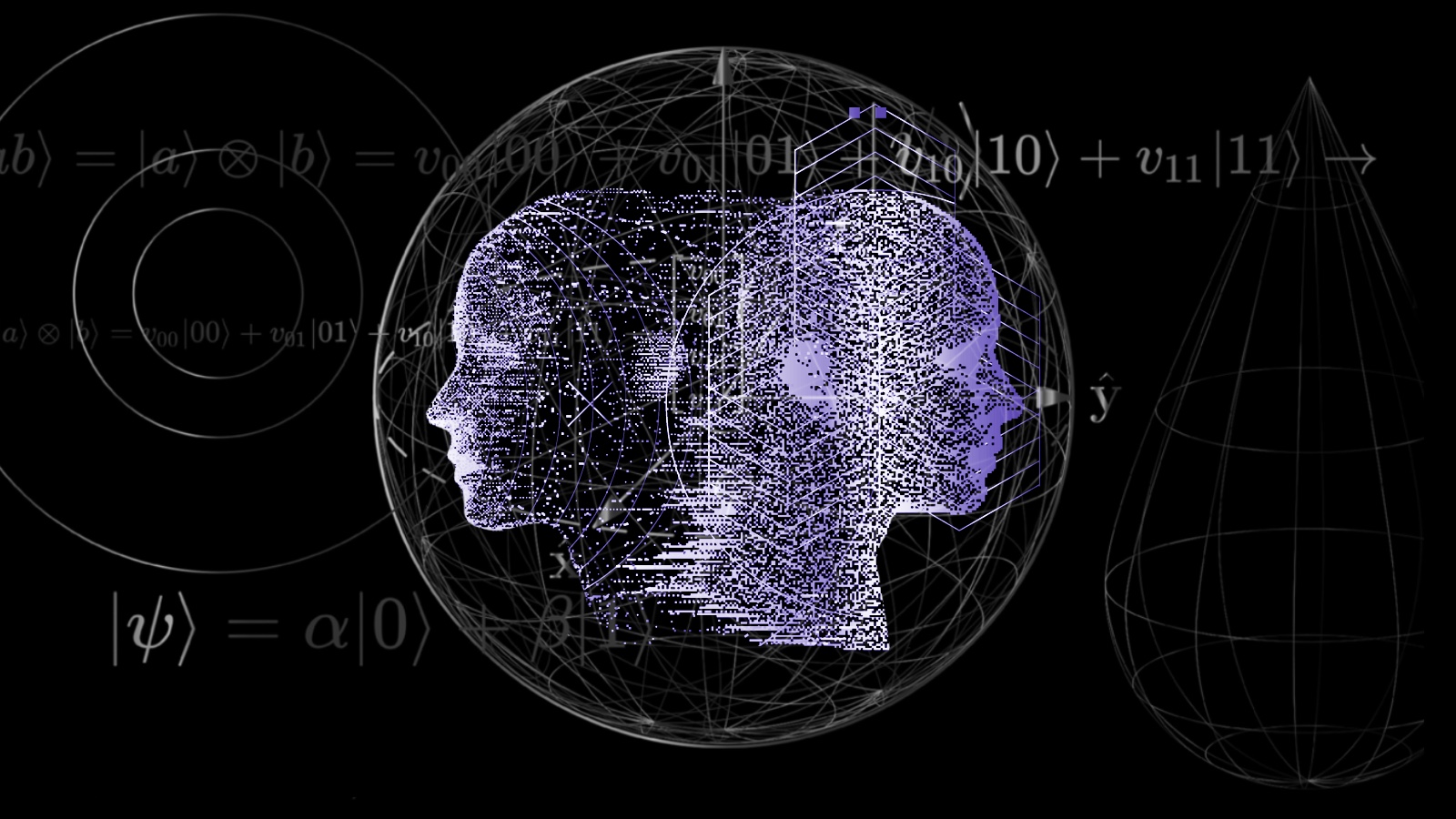Scientists monitored the brains of 4 dying patients. Here’s what they found

- It has been assumed that brain activity decreases during the process of dying.
- But a new study shows that there is a surge of neurophysiological activity in the dying human brain, including in regions associated with conscious processing.
- The observed brain activity pattern may account for subjective reports of near-death experiences.
What happens in the brain during the process of dying? Because a cardiac arrest involves a loss of consciousness, it could be assumed that brain activity declines as a person dies. Yet, people from all walks of life describe being highly lucid during near-death experiences, and a handful of animal studies show that brain activity actually increases at the moment of death.
A surge of activity
Ten years ago, a team of researchers led by Jimo Borjigin of the University of Michigan recorded a transient surge of electrical activity in the brains of rats immediately following fatal cardiac arrest. And a follow-up study just published in the Proceedings of the National Academy of Sciences shows that a similar pattern of activity also occurs in the dying human brain.
The study was performed on four comatose patients who died in the neurointensive care unit at the University of Michigan hospital, all of whom had been on life support after sustaining extensive brain damage due to cardiac arrests in 2014. To investigate what happens in the brain at the moment of death, Borjigin and her colleagues analyzed electroencephalography (EEG) data from these four patients before and after their ventilator was switched off.
Within seconds of the withdrawal of life support, two of the patients exhibited a surge of neurophysiological activity characterized by changes in several different brain wave “bands,” at both the local and global levels. High-frequency gamma waves (associated with attention and perception) and low-frequency beta waves (associated with focus and concentration) grew larger and became more tightly coupled in multiple brain regions. Additionally, brain waves of different frequencies within different regions in both hemispheres also became more synchronized with each other.
Importantly, there appeared to be a transient increase in functional connectivity at multiple frequency bands within the so-called “hot zone” toward the back of the brain, which comprises several areas at the junction of the temporal, parietal, and occipital lobes and is thought to be crucial for conscious processing. Connectivity between this hot zone and parts of the frontal cortex also increased.
Does this explain NDEs?
The study demonstrates that withdrawal of ventilatory life support triggers a transient surge of electrical activity throughout the brain. The researchers suggest that the pattern of brain activity they observed may account for subjective reports of vivid perceptions during near-death experiences.
In this case, however, the dying patients were completely uncommunicative, so it cannot be concluded that the brain activity observed in the two of them was associated with a near-death experience. It may instead have been an artifact, or occurred as a result of some pathological process.
Even so, the researchers argue that their findings warrant further investigation of “hidden” consciousness during cardiac arrest, and could hint at the brain mechanisms of human consciousness more generally.





